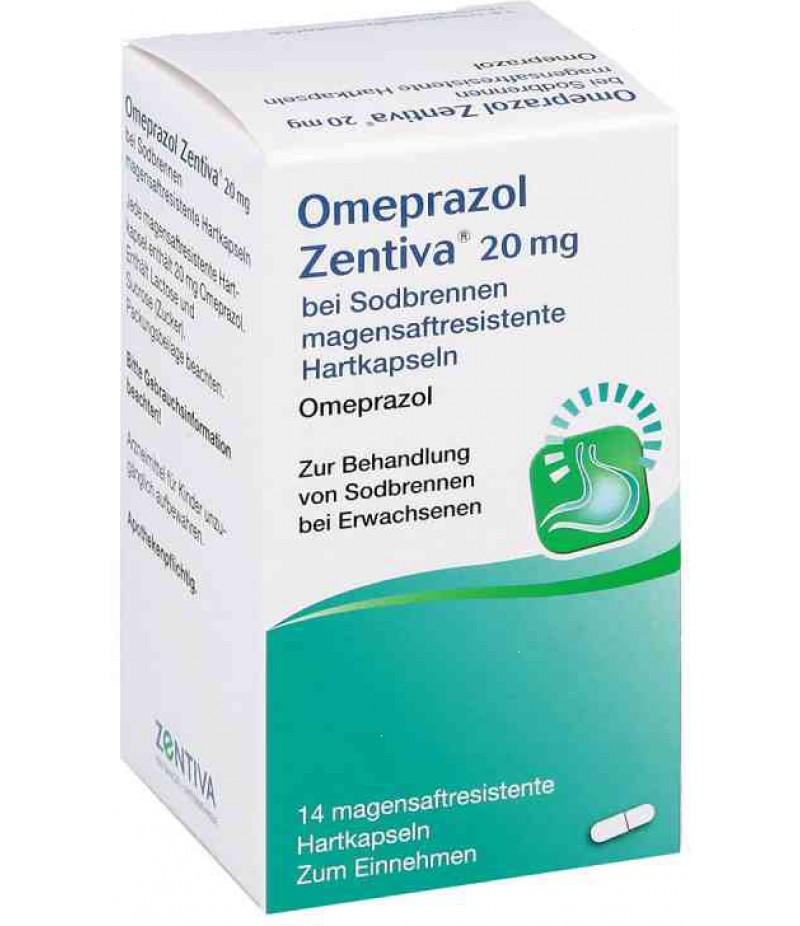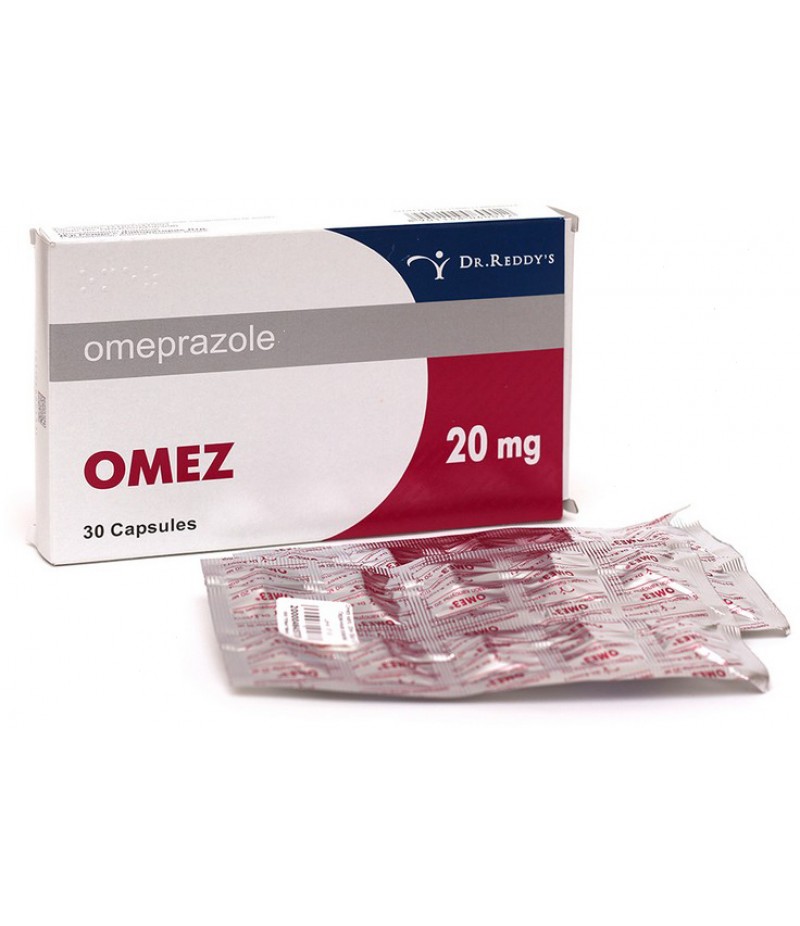Pantoprazole tabs 40mg #28
- $17.81
- 3 or more $17.55
- Availability:In Stock
Instruction for PantoprazoleReed more and buy Pantoprazole tabs on this pageComposition1 tablet of the drug Pantoprazole contains 20 mg of the same active substance.Additional components: sucrose, sodium carbonate, talc, mannitol,..
Tags: tabs
Instruction for Pantoprazole
Reed more and buy Pantoprazole tabs on this page
Composition
1 tablet of the drug Pantoprazole contains 20 mg of the same active substance.
Additional components: sucrose, sodium carbonate, talc, mannitol, silicon dioxide, calcium stearate, polyethylene glycol, hypromellose, triethyl citrate, methacrylate copolymer, titanium dioxide, iron oxide, Opacode black.
Form of issue
Two-convex pink tablets of the oval form with the inscription "Р20".
10 tablets in a blister, 1 or 3 blisters in a cardboard bundle.
pharmachologic effect
Antiulcer action.
Pharmacodynamics and pharmacokinetics
Pharmacodynamics
Suppresses production in the stomach of hydrochloric acid by the action of a proton pump on the stomach cells. The active substance is transformed into the active form in the channels of the walls of parietal cells and blocks the enzyme H-K-ATPase, that is, at the final stage of the synthesis of hydrochloric acid. In most patients, symptom relief occurs after 2 weeks of therapy. Like other blockers of the proton pump and H2-type receptors, therapy with the drug causes a decrease in acidity and an increase in the content of gastrin.
Pharmacokinetics
Pantoprazole is actively absorbed, the highest concentration in the blood is achieved after a single dose. On average, the highest concentration in the blood occurs 2.5 hours after application.
The half-life is approximately one hour. A number of cases of delayed withdrawal were noted.
Reaction with plasma proteins is close to 98%. The original preparation is almost completely transformed in the liver.
The kidneys produce about 80% of metabolites, the rest is excreted with feces. The main metabolite is desmethylpentoprazole, its half-life is about 1.5 hours.
Indications for use
Zollinger-Ellison syndrome;
peptic ulcer in the phase of exacerbation;
eradication of H. pylori;
reflux esophagitis.
Contraindications
hypersensitivity to the components of the drug;
hepatitis;
cirrhosis of the liver complicated by severe liver failure.
Side effects
Reactions from digestion: nausea, diarrhea, increased appetite, dry mouth, vomiting, belching, flatulence, constipation, gastrointestinal carcinoma, abdominal pain, increased transaminase levels.
Reactions from the nervous activity and sensory organs: drowsiness, headache, dizziness, asthenia, insomnia, depression, nervousness, tremor, photophobia, paresthesia, tinnitus, visual impairment.
Reactions from the genitourinary sphere: edema, hematuria, impotence.
Reactions from the skin: alopecia, exfoliative dermatitis, acne.
Allergic reactions: rash, hives, angioedema, itching.
Other reactions: eosinophilia, hyperglycemia, myalgia, hyperlipoproteinemia, fever, hypercholesterolemia.
Instructions for use Pantoprazole (Method and dosage)
Pantoprazole tablets are not allowed to chew or break, they must be swallowed whole, taking before meals and washing down with water.
Pantoprazole tablets, instructions for use
In the treatment of reflux disease of mild degree and associated symptoms (acidic eructations, heartburn, pain when swallowing) the recommended initial dose is 20 mg per day. Improvement is achieved after about 2-4 weeks, for therapy of esophagitis, which appears against the background of the disease, usually need monthly therapy. If the specified time interval is not enough, recovery will occur within the next month. Recurrences of the disease are controlled by the use of 20 mg of pantoprazole once a day, if necessary. If an acceptable symptom control can not be maintained in this way, it is allowed to consider switching to permanent therapy.
With prolonged treatment of reflux esophagitis, a maintenance dosage of 20 mg per day is recommended. In the case of frequent relapses, the dosage is increased to 40 mg per day. After relieving the symptoms of relapses, the dosage can again be reduced to 20 mg per day.
To prevent peptic ulcer induced by non-steroidal anti-inflammatory drugs, in people with risk factors the recommended dosage is 20 mg of medication per day.
In elderly patients and patients with kidney failure, the daily dosage of pantoprazole should not be above 40 mg.
Patients with severe liver failure should not exceed the dosage of Pantoprazole 20 mg per day. These patients should be evaluated for hepatic enzymes during therapy. If their concentration begins to increase, therapy with pantoprazole should be canceled.
Overdose
Cases of overdose should be treated according to the generally accepted practice of therapy of toxic conditions.
Interaction
Befor your buy Pantoprazole online, you should know these drugs interaction:
The drug may reduce the absorption of agents whose bioavailability correlates with pH (for example, Itraconazole, ketoconazole, Atazanavir).
The use of proton pump blockers is prohibited during treatment with Atazanavir.
The drug is metabolized in the liver under the influence of cytochrome P450, but no significant interactions with diazepam, carbamazepine, caffeine, diclofenac, ethanol, digoxin, glibenclamide, naproxen, metoprolol, nifedipine, pyroxicam, theophylline, phenytoin or oral contraceptives have been identified.
If a patient uses coumarin anticoagulants, it is recommended to measure the prothrombin period and the value of INR during and after treatment with Pantoprazole.
Storage conditions
Keep away from children. Store at temperatures up to 25 degrees.
Shelf life - 3 years.
special instructions
Persons with severe liver failure in the treatment of pantoprazole are recommended to regularly measure the content of liver enzymes. If the level of liver enzymes increases, therapy should be discontinued. The use of 20 mg pantoprazole tablets to prevent the occurrence of gastric ulcer and duodenal ulcer induced by non-steroidal anti-inflammatory drugs is indicated in patients who need prolonged use of NSAIDs and have an increased risk of developing complications from the digestive system.
With reduced acidity, the number of bacteria present in the gastrointestinal tract is generally increasing. Therefore, therapy with drugs that reduce acidity, can lead to a slight increase in the risk of the occurrence of gastrointestinal infections.
Pantoprazole is able to reduce the absorption of vitamin B12 as a result of hypochlorhydria or achlorhydria.
Before the start of treatment, the presence of malignant tumors of the esophagus or stomach should be excluded, since the treatment with Pantoprazole may mask the symptoms of such diseases and lead to their belated diagnosis.
Children
Not applicable in children under 12 years.
In pregnancy and lactation
The drug is not allowed to use during lactation.
Use during pregnancy is only possible on strict indications.
Reviews
Reviews of the drug characterize it as an effective and inexpensive drug for the treatment of peptic ulcer and GERD. Side effects occur infrequently with adherence to the regimen.





